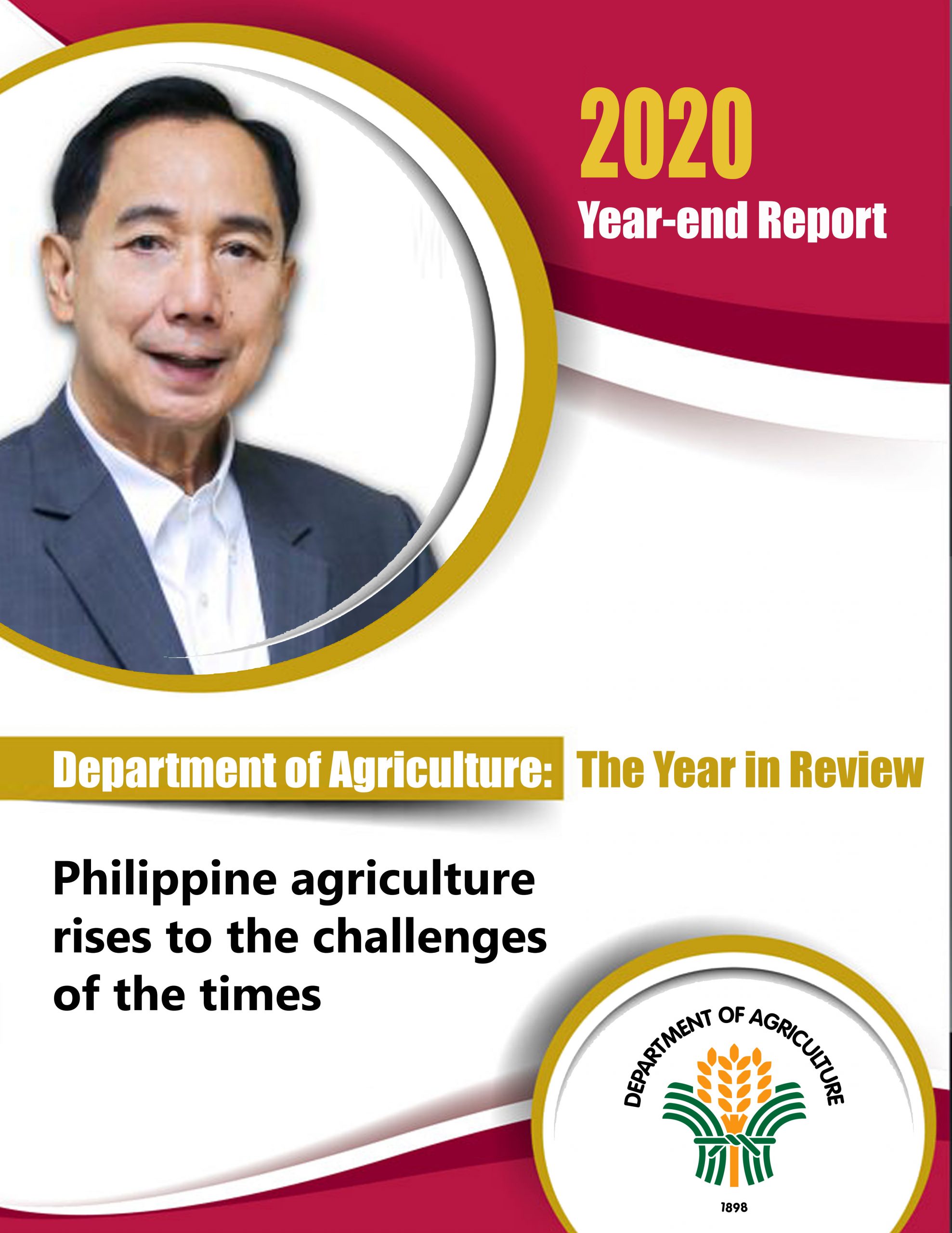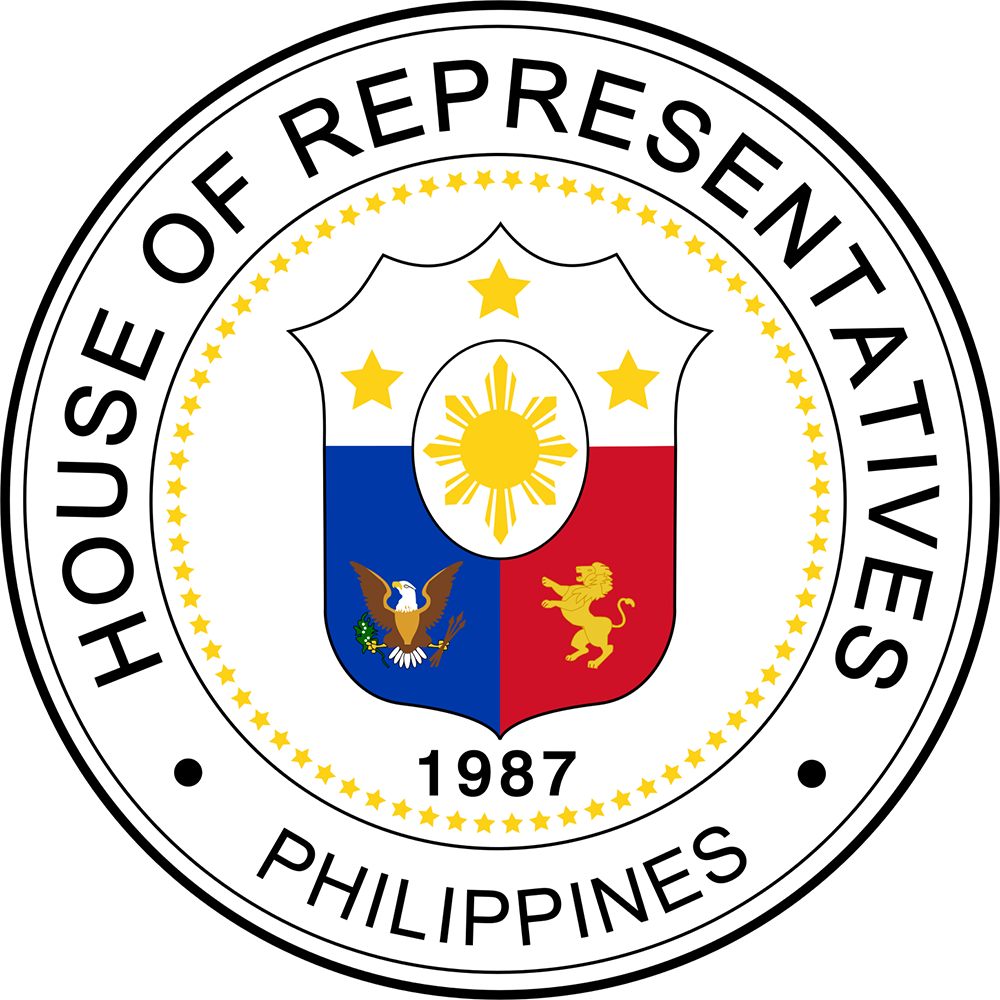
2020 has officially become the most challenging year for the Philippine agriculture sector. Massive stresses faced the country’s farmers and fishers—from volcanic eruption, infectious animal diseases, crop pest infestations, a viral pandemic that resulted in a health crisis, to falling prices of staples, and then finally a series of typhoons in the last quarter.
But it was also the year when the agriculture sector rose to the occasion and kept the country’s economy afloat with steady and affordable food supply for the population, amid what is possibly the worst economic crisis since World War II.
While many considered 2019 as a particularly challenging year for the sector, mainly because of the birth pains of the implementation of Republic Act 11203, or the Rice Tariffication Law” (RTL) and the initial outbreak of African swine fever, nobody saw things would take a turn for the worst in 2020.
It was a promising reboot for the Department of Agriculture (DA) at the start of 2020 as it was supposed hoped to be a “rebound year” as farm growth was initially projected to hit 2% to 3%, from the dismal 0.6% and 0.7% growth performance in 2018 and 2019, respectively.
The year opened with rice prices at stable levels, inflation in check, and the full implementation of the Rice Competitiveness Enhancement Fund (RCEF), a component under RTL, in full swing. The ASF outbreaks were also manageable through heightened quarantine measures nationwide.
However, a series of unfortunate events erupted–quite literally–beyond the control of man.
Download full report: 2020 Year-end Report













